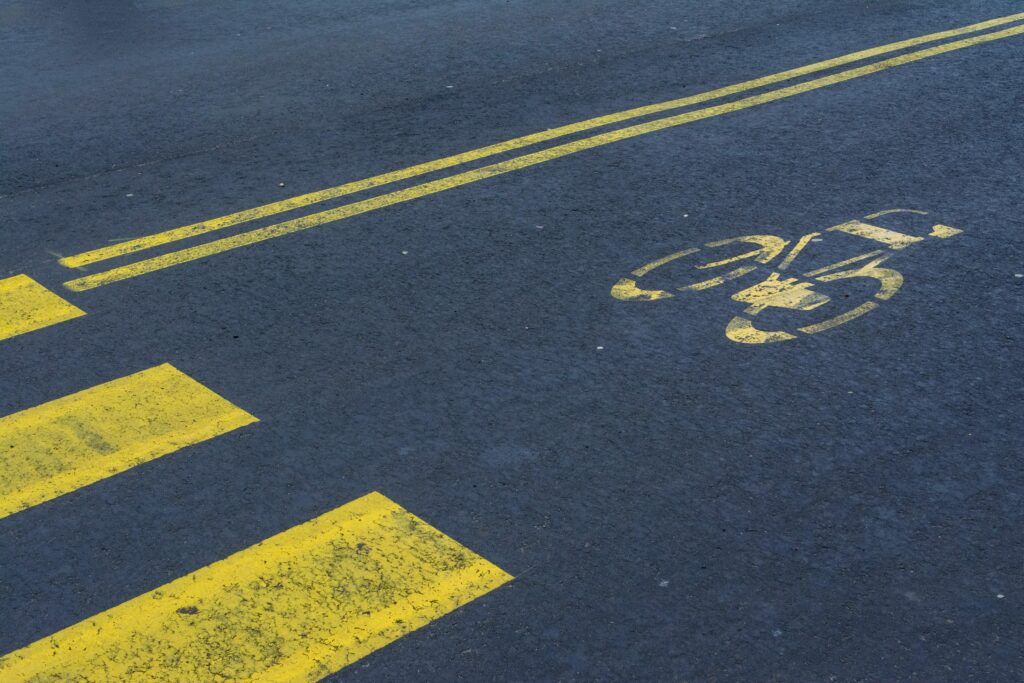This summer, Boston began work on their Boylston Street Better Bus and Bike Lane project.
The project is part of an extensive plan over the next three years to transform Boston’s streets to better serve the people who bike, walk, and bus around the city. Although the goals encompass not only cyclists, a major part of this project is the creation of the one-way, separated bike lane from Mass. Ave. to Boston Common.
During peak times, cyclists make up 10-25% of all traffic throughout Boston. With more cyclists on the road riding in non-bicycle-designated areas, the more likely crashes are to occur.
In previous years, Boston stated they see around 1000 people seriously injured while walking or biking on the streets each year.
Boston is committed to ending these serious and fatal accidents. With the Boylston Street Better Bus and Bike Lane project they are working to take measures that will increase the safety of our community.
The work for this part of the project begins at Massachusetts Avenue and progresses eastwards towards Arlington Street. In efforts to create this safer access to Boylston Street, the project consists of these five actionable goals.
- Bicycle Safety: Right now, there are no designated bicycle lanes on Boylston Street. The large number of people who bike daily on that busy street have been sharing the road with all the other vehicles, which has led to many crashes. The city will make Boylston Street safer and more comfortable for cyclists by adding separate bike lanes.
- Bus safety: Over 13,000 people ride MBTA buses daily that have routes that run on Boylston Street. The city plans to add a bus lane on Boylston Street that will increase reliability and safety for the bus riders.
- Pedestrian safety: As Boston is a very walkable city, it is important that it is safe to walk. The city plans to add traffic signals where needed to separate pedestrians from turning vehicle lanes. It also plans on shortened crossing/crosswalk distances due to the replacement of a traffic lane with the bicycle lane.
- Traffic Safety: In plans to keep vehicle traffic safe and less congested, the city plans to keep two general travel lanes and add turning lanes where necessary throughout Boylston Street.
- Curb Regulations: To enhance safety on Boylston Street the city will enforce new curb regulations that will reduce double parking, serve businesses and help manage high-volume pickup and drop off activity.
Although this project has several objectives, one large important change will be the bicycle lanes on Boylston Street. The streets will look and operate a little differently now, but it is for the safety of our community.
Despite this, not everyone is happy with the changes. An article recently published in the Boston Globe expresses dissatisfaction with the way Boston designed these plans. It is stated that the way the plan’s infrastructure has been designed may not have been the best way to handle their goals. However, the options for safe biking are better than they had previously been in Boston.
According to an article from National Institutes of Health, findings show that clearly marked, lanes designated specifically for bicyclists reduced crash and injury rates by about half compared to roadways that did not have these lanes. And Boston is working to create these lanes to lower the number of accidents and increase safety surrounding bicyclists in Boston.
Sources:

